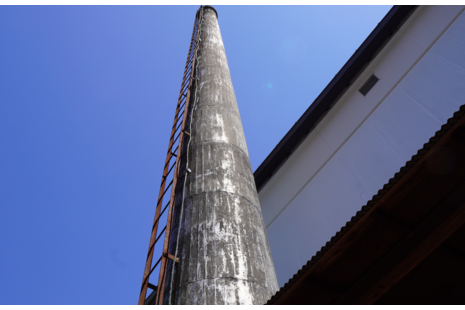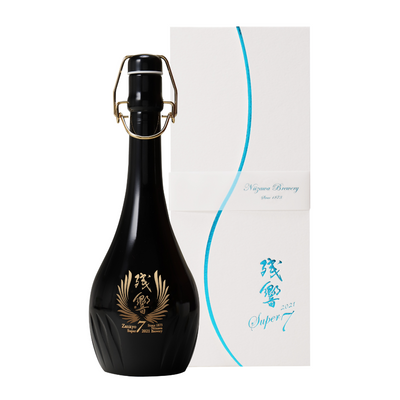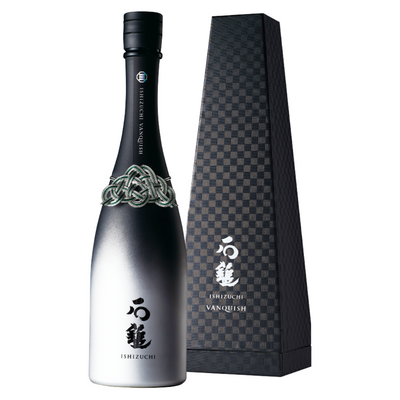Behind the Scenes of a Sake Brewery

Japanese sake breweries are often hundreds of years old and run by the same family for generations. The oldest sake brewery in Japan, for example, has been in the same family for an astonishing 55 generations. The buildings of a sake brewery are sometimes just as old as the brewery itself. While this might not allow the most efficient production, it does make for an atmospheric visit.
Other sake breweries are of course modernized, at least in parts. One thing that is often renewed first is the Koji room (a room to grow the Koji mold that is necessary for sake making), which shows us the importance of this one ingredient.


Other parts remain older and remind us of an era long gone. Tall chimneys for example still exist at many breweries but lay unused for decades. These chimneys were part of the heating system to steam rice but open fires are no longer used for that.
Storage rooms often look old as well. Here we can see a storage room (unusually for Japan) in the cellar of a brewery, which naturally stays cool during the hot summer months.


Brewing tanks differ from brewery to brewery. While they are consistently large and can fit some 9000 liters inside of them, old and new ones are often used side by side. Writing from prior brewing seasons can still be seen on many.
While much of the sake production from large, volume-focused breweries is automated nowadays, many small breweries (like the ones we work with) still rely on handmade methods of brewing. This increases costs but also yields more unique and better tasting sake.
A particularly labor-intensive process is the Kimoto method of sake making, where rice is pounded in order to quickly create lactic acid which protects the fermentation starter from harmful bacteria.


It used to be that to win in sake competitions sake had to be crystal-clear, which is why charcoal-fining became popular in the industry. In this process, which is standard for more sake, charcoal powder is added to the sake. This charcoal attaches itself to the molecules in the sake and is then filtered out, making it clearer. Unfortunately some of the flavor also gets filtered along with the color and thus a process of Muroka (non-charcoal fined) is becoming popular.
Some breweries also make use of their natural environment. Due to the heavy snowfall in Niigata, which is usually more than 10m per year, one sake brewery decided to age their sake throughout the summer months under a blanket of snow. This yields a mellow sake with a nice backstory.


After brewing sake needs to be pressed and several options are available for a brewery. The most common method is the horizontal press, often called Yabuta after the company that produces it. This is a gentle and efficient method of pressing sake.





Leave a comment